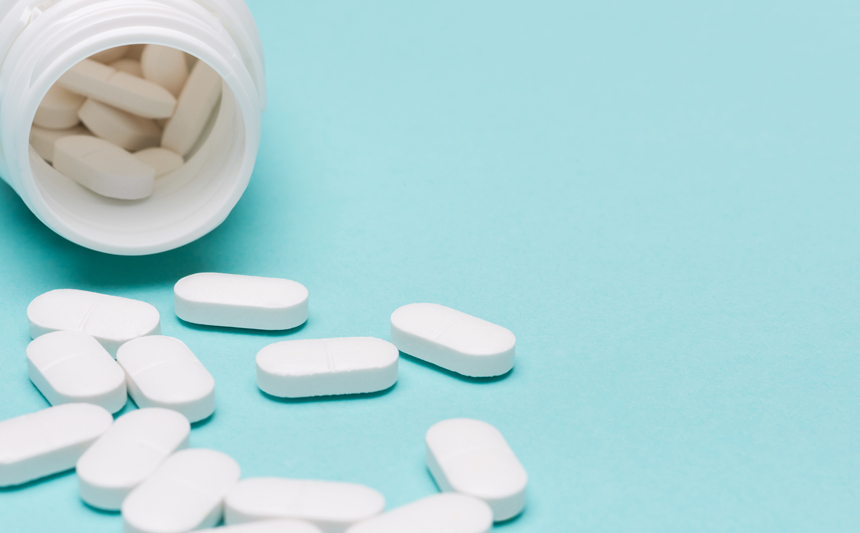Do you know what to do in an opioid overdose emergency?


Written by Dr. Raeford Brown, a pediatric anesthesiologist at UK HealthCare and the chair of the FDA Advisory Committee on Analgesics and Anesthetics.
It’s a terrifying scenario that’s become all too real in the age of the opioid epidemic: a person lying lifeless, not breathing, because of an opioid overdose.
According to the Kentucky Office of Drug Control Policy, the rates of opioid overdose deaths continue to rise in Kentucky. More than 1,400 people in the state died of a drug overdose in 2016, and the largest group of people affected were between the ages of 35 and 44.
No one wants to encounter someone on the brink of death because of an opioid overdose. But many spouses, roommates, caregivers, parents and safety officials will come across an unconscious person and need to know life-saving measures.
Naloxone is a therapeutic drug that reverses the effects of opioid overdose and allows us to save the lives of those experiencing an emergency. Like learning CPR skills and having an AED on hand, knowing how to administer naloxone can give someone another chance at life. Anyone in regular contact with a person using opioids, whether for legitimate medical or non-medical purposes, should know how to access a naloxone kit and how to dispense the drug in an overdose emergency.
Overdose victims cannot help themselves when they are incapacitated – they need a rescuer. Here are a few facts about naloxone and how to administer the medication during an overdose:
What does naloxone do?
Naloxone blocks the effects of opiates on the respiratory system, allowing the victim to breathe again. Naloxone doesn’t prevent other medications from working. You cannot abuse naloxone, and its effects wear off in about 20 minutes.
Who can get a naloxone kit?
Anyone with a history of opioid poisoning or opioid abuse, a person receiving a first-time methadone prescription, or a person on a high-dose opioid prescription can receive a naloxone kit. Additionally, any person or agency can voluntarily request a kit. Pharmacists will train recipients to administer the drug safely.
What are the signs of opioid overdose?
A person experiencing an opioid overdose will be completely unconscious or unresponsive. They will be limp and unable to talk. People with lighter skin will turn a bluish-purple color, and people with darker skin will turn ash-gray. Their breathing will be shallow, erratic or stopped completely.
What should I do in an overdose emergency?
Before you administer naloxone, call 911.
Naloxone is given as a nasal spray. Spray it directly in the nostrils of the victim and repeat every 30 to 45 seconds, alternating nostrils.
For the prefilled syringe version of naloxone, assemble the syringe and spray half the formula in one nostril and half the formula in the other nostril. The intramuscular form of naloxone should be administered in the thigh. Talk with a pharmacist about specific instructions for giving this form of the medication.
If you are interested in more information about naloxone, sign up for community training available through the Kentucky Harm Reduction Coalition.




